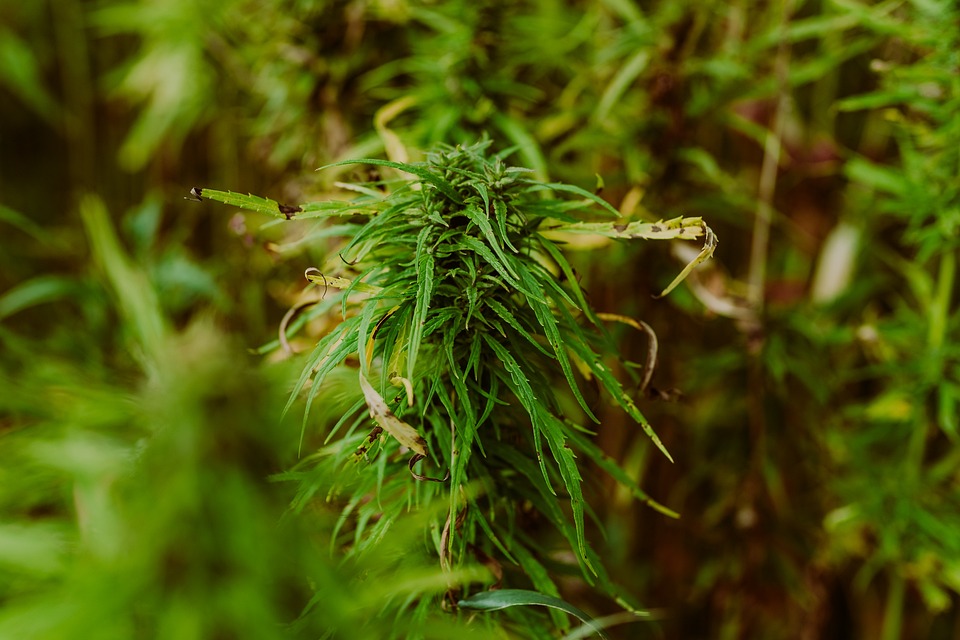Hemp: A Promising Solution for Environmental Challenges
Introduction
Hemp, also known as industrial hemp, is a versatile plant that has been used for centuries for various purposes. From textiles to construction materials, hemp has proven to be an eco-friendly alternative to traditional materials. In recent years, hemp has gained popularity as a solution to environmental challenges such as deforestation, air and water pollution, and climate change. This article will explore the benefits of hemp as a sustainable and environmentally friendly resource.
The Benefits of Hemp
One of the key benefits of hemp is its rapid growth cycle. Hemp plants can grow in a variety of climates and soil types, making them a resilient crop that requires minimal water and pesticides. Compared to traditional crops such as cotton, hemp is more sustainable and environmentally friendly.
1. Sustainable Agriculture
Hemp can be grown without the use of pesticides or herbicides, making it a more environmentally friendly alternative to traditional agricultural practices. Hemp also has deep roots that help to prevent soil erosion and improve soil health.
2. Carbon Sequestration
Hemp plants absorb carbon dioxide from the atmosphere during photosynthesis, making them an effective tool for reducing greenhouse gas emissions. By planting more hemp crops, we can help offset the negative effects of climate change.
3. Renewable Resource
Unlike fossil fuels, hemp is a renewable resource that can be harvested and processed on a continuous basis. Hemp can be used to produce biofuels, bioplastics, and other sustainable materials that can help reduce our reliance on nonrenewable resources.
Applications of Hemp
There are many ways in which hemp can be used to address environmental challenges:
1. Textiles
Hemp fibers are strong, durable, and eco-friendly, making them an ideal material for clothing, accessories, and home goods. Hemp textiles are biodegradable and require less water and energy to produce compared to conventional textiles.
2. Construction Materials
Hemp can be used to make sustainable building materials such as hempcrete, a mixture of hemp fibers, lime, and water. Hempcrete is lightweight, insulating, and carbon-negative, making it an excellent alternative to traditional concrete.
3. Paper
Hemp fibers can be used to produce paper products that are more durable and environmentally friendly than paper made from trees. Hemp paper production also requires less water and chemicals, reducing the environmental impact of the paper industry.
Conclusion
Hemp is a promising solution for environmental challenges due to its sustainable agricultural practices, carbon sequestration capabilities, and versatile applications. By promoting the use of hemp as a renewable and eco-friendly resource, we can help mitigate the negative effects of climate change and promote a more sustainable future for generations to come.
FAQs
Q: Is hemp the same as marijuana?
A: While hemp and marijuana come from the same plant species, Cannabis sativa, they have different chemical compositions. Hemp contains low levels of THC, the psychoactive compound found in marijuana, and is primarily grown for industrial uses.
Q: Is it legal to grow hemp?
A: The legal status of hemp cultivation varies by country and region. In many countries, hemp cultivation is legal as long as it contains low levels of THC. It’s important to check local regulations before growing hemp.
Q: What are the environmental benefits of hemp cultivation?
A: Hemp cultivation is beneficial for the environment because it requires fewer pesticides and herbicides, improves soil health, and helps sequester carbon dioxide from the atmosphere. Hemp can also be used to replace nonrenewable resources in various industries.


Comments are closed.